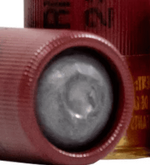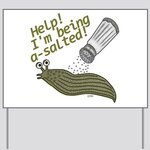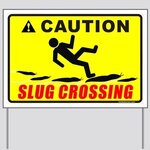Member 79223
- Messages
- 37
- Reactions
- 65
I have these Federal rifled slugs that I bought about 8 years ago and have been sitting in my ammo can ever since. I noticed they have an odd white cast to them, and it almost looks like a powdery residue?
Any idea what that's about, and if they're still safe to shoot? Obviously it's not a big loss to toss them out, but I'd rather use them if they're still ok.

Any idea what that's about, and if they're still safe to shoot? Obviously it's not a big loss to toss them out, but I'd rather use them if they're still ok.

















